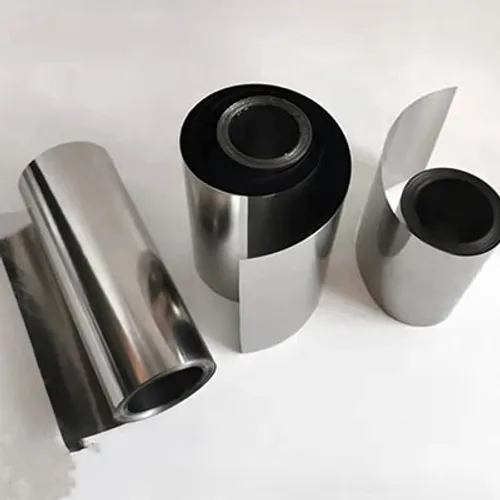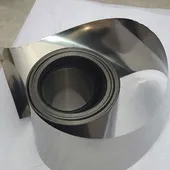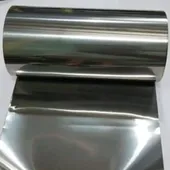
Your Essential Guide: Best Practices for Handling Titanium Foil
Titanium foil is a high-performance material, but its thin gauge also makes it delicate. To protect your investment and ensure optimal results, it’s essential to follow best practices for handling, forming, and joining. Improper handling can introduce contaminants or physical defects that compromise its integrity.
Here are the essential guidelines for working with titanium foil.
1. Cleanliness is Non-Negotiable
Titanium’s surface reactivity, especially at high temperatures, makes cleanliness the most critical rule.
- Wear Gloves: Always handle titanium foil with clean, lint-free gloves. Oils from fingerprints can cause contamination and embrittlement during welding or annealing.
- Clean Surfaces: Before any thermal processing, thoroughly degrease the foil using a suitable solvent like acetone or isopropyl alcohol.
2. Careful Storage and Handling
- Store Flat and Dry: Keep the foil in a clean, dry environment, stored flat to prevent creases or kinks.
- Use Interleaving: When stacking sheets or on a roll, use acid-free interleaving paper to prevent surface scratches.
- Avoid Contact with Other Metals: Prevent direct contact with dissimilar metals (especially steel) to avoid iron contamination.
3. Cutting and Forming
- Use Sharp, Dedicated Tools: To prevent tearing and burrs, use extremely sharp cutting tools. Dedicate these tools exclusively to titanium to avoid cross-contamination.
- Account for Springback: Titanium has more “springback” than steel. You will need to over-bend the material slightly to achieve the desired final angle.
- Lubrication: For forming operations, use appropriate lubricants to reduce friction and prevent galling.
4. Joining and Welding
Welding thin titanium foil is a precise process that requires absolute control.
- Inert Gas Shielding: Titanium must be shielded from the atmosphere (oxygen, nitrogen) when heated above 425°C (800°F). TIG and laser welding are common methods, requiring excellent argon shielding on both sides of the weld.
- Check for Color: A properly shielded titanium weld should be a bright, shiny silver or light straw color. A blue, gray, or white color indicates contamination and a failed weld.
Handle with Care, Reward with Performance: By treating your titanium foil with respect, you unlock its full potential. Following these best practices will ensure your components deliver the superior performance that titanium is known for.
Quick Contact
Related Products
Product Categories
- Titanium Anode Basket 1
- Titanium Foils 1
- Titanium Pipes 1
- Titanium Rods 1
- Titanium Tubes 1
- Titanium Wires 3
- Nuts & Bolts 1
- Special Titanium Alloys 1
- Titanium Anodes & Electrodes 1
- Titanium Equipment 1
- Titanium Mesh 1
- Titanium Sheets & Plates 1
- Titanium rods 3
- Titanium foils 3
- Titanium sheets and plates 3
- Titanium pipes 3

